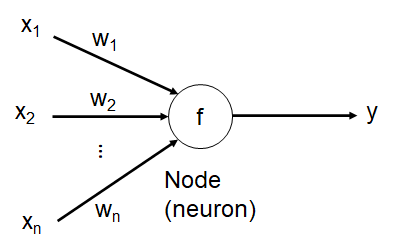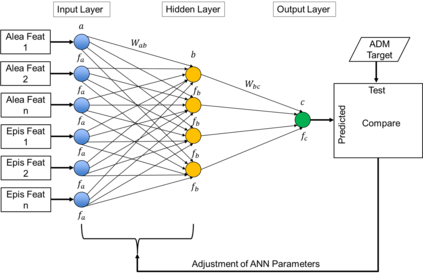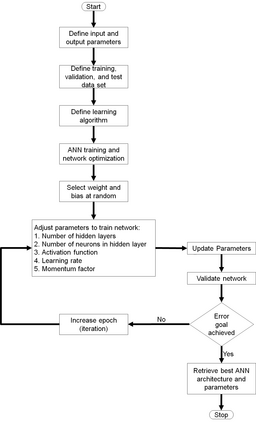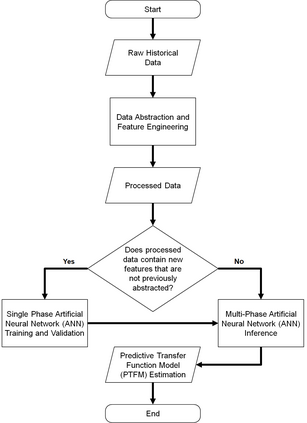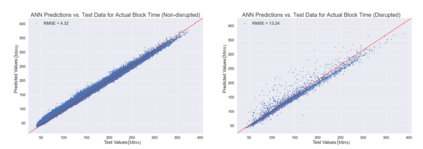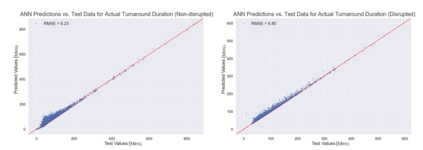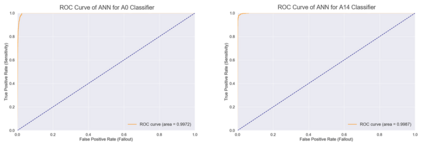Since the 1970s, most airlines have incorporated computerized support for managing disruptions during flight schedule execution. However, existing platforms for airline disruption management (ADM) employ monolithic system design methods that rely on the creation of specific rules and requirements through explicit optimization routines, before a system that meets the specifications is designed. Thus, current platforms for ADM are unable to readily accommodate additional system complexities resulting from the introduction of new capabilities, such as the introduction of unmanned aerial systems (UAS), operations and infrastructure, to the system. To this end, we use historical data on airline scheduling and operations recovery to develop a system of artificial neural networks (ANNs), which describe a predictive transfer function model (PTFM) for promptly estimating the recovery impact of disruption resolutions at separate phases of flight schedule execution during ADM. Furthermore, we provide a modular approach for assessing and executing the PTFM by employing a parallel ensemble method to develop generative routines that amalgamate the system of ANNs. Our modular approach ensures that current industry standards for tardiness in flight schedule execution during ADM are satisfied, while accurately estimating appropriate time-based performance metrics for the separate phases of flight schedule execution.
翻译:自1970年代以来,大多数航空公司都采用了计算机化支持来管理飞行时间表执行期间的中断,然而,现有的航空中断管理平台采用单一系统设计方法,在设计符合规格的系统之前,依赖通过明确的优化例行程序制定具体规则和要求,因此,目前的航空中断管理平台无法随时适应由于引进新的能力(如引进无人驾驶航空系统、操作和基础设施)而导致的更多系统复杂性;为此目的,我们利用关于航空飞行时间表和运行恢复的历史数据来开发一个人工神经网络系统,该系统描述一种预测性转移功能模型(PTFM),用于迅速估计ADM飞行时间表执行期间不同阶段的中断决议的恢复影响;此外,我们采用平行的组合式方法来评估和执行PTFM。我们的模块化方法确保满足目前航空时间表执行期间飞行进度迟缓的行业标准,同时准确估计不同飞行时间表执行阶段的基于时间的业绩指标。


